The Women of Syria Are Hungry for Food and Change

It’s been over a decade since the conflict in Syria first began, and today families are hanging on by a thread. 12.4 million are hungry and another 6.8 million are displaced from their homes within Syria’s borders. Millions more are refugees who’ve fled to neighboring countries. With no end to the crisis in sight, the situation has become even more desperate – especially for women and girls.
On the anniversary of the conflict’s start, we are taking a look at the harrowing stories of Syrian women and girls who are doing whatever it takes to survive each day.
Rama
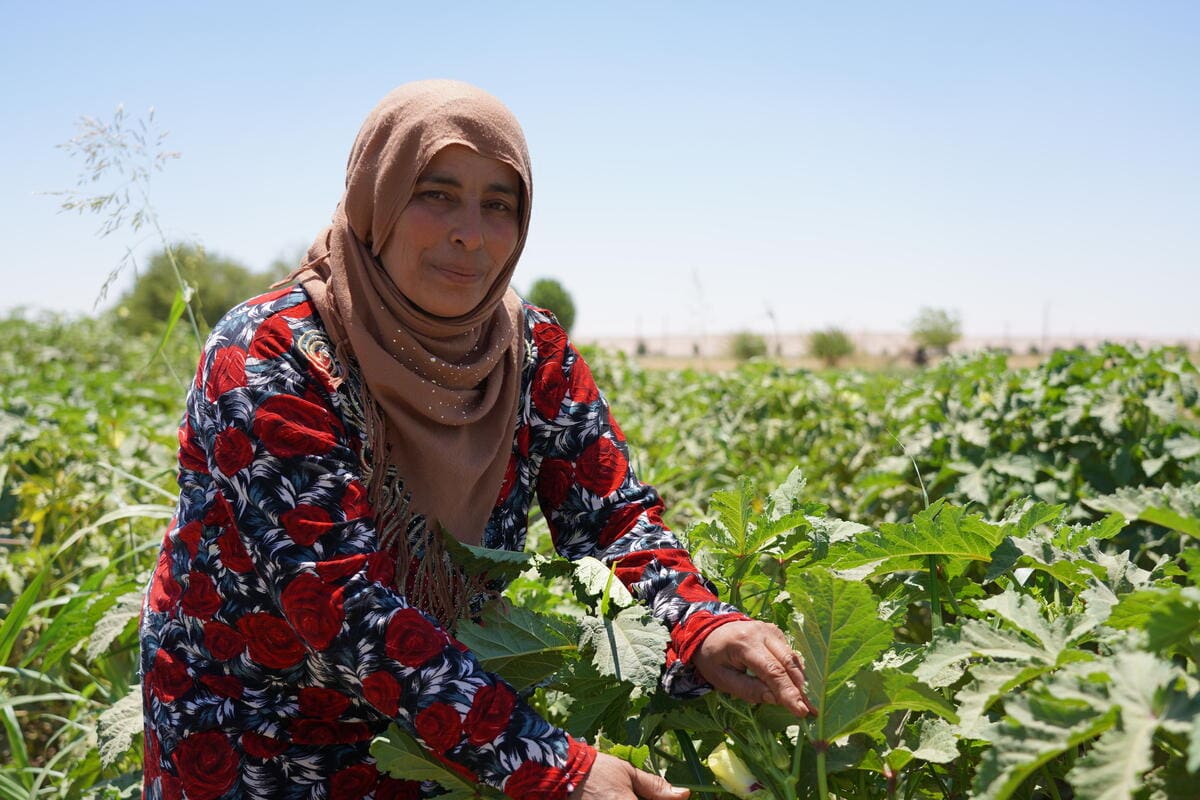
Rama has her hands full as a mother of ten and grandmother of three. She has a farm to manage and a house to run. For the last seven years, growing enough food to feed her family has been nearly impossible due to poor or insufficient water supplies.
Today, her farmlands are green again thanks to a WFP and FAO irrigation project that rehabilitated vital infrastructure, connecting local farms to water from the Euphrates River. For the first time in years, families like Rama’s have access to water close to their homes.
“The water we used to get from the wells was salty. We had to drink it and use it to water our crops. It was our only hope. We tried to plant wheat with the salty water, but it didn’t work. We were hardly managing,” explained Rama. “Now we have clean water we will be able to grow wheat for the first time.”
Siba
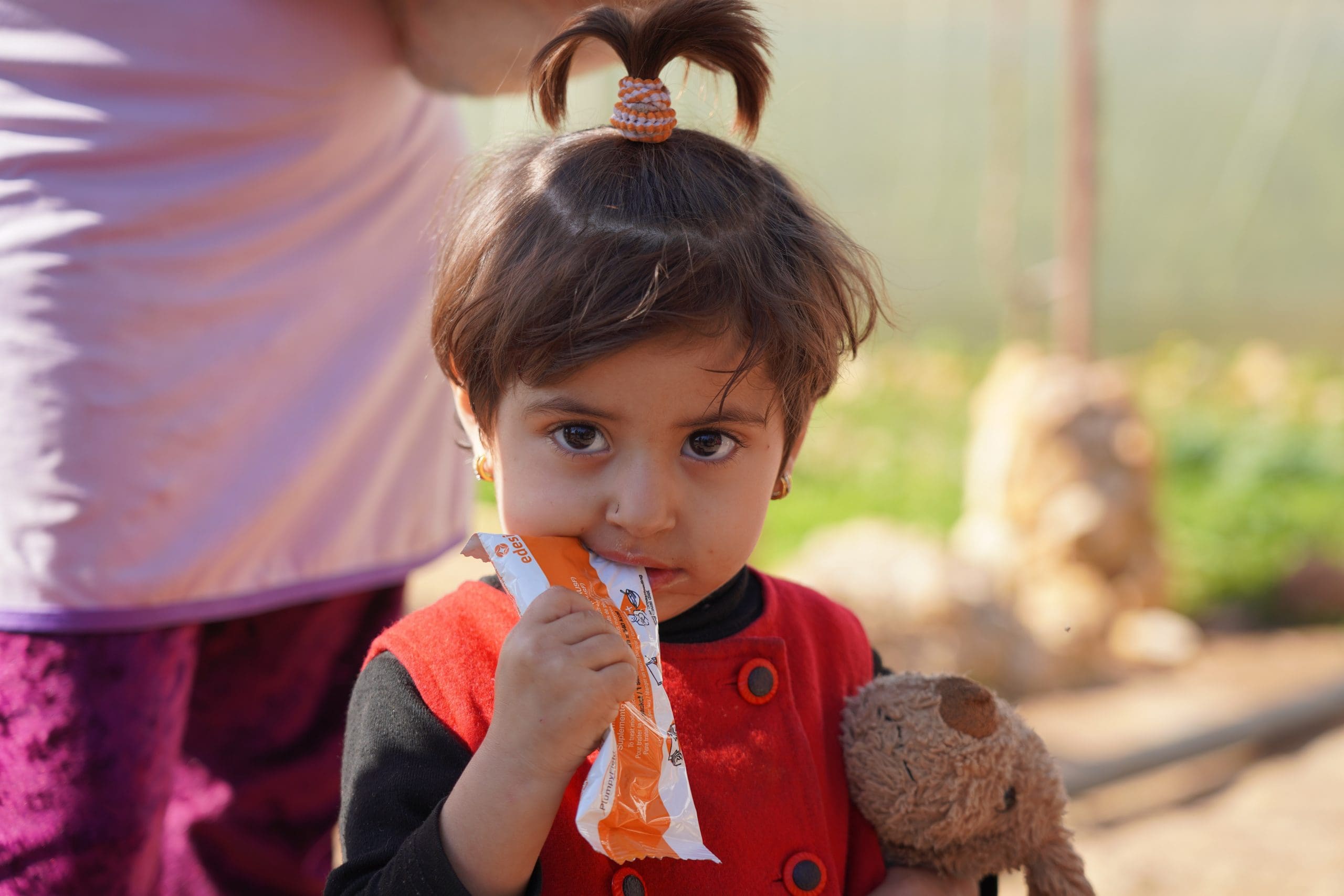
In 2018, when Siba was just a newborn, an outbreak of conflict forced her family to flee their home with only the clothing on their backs. Within the first few months of arriving in their new home of Tartous, Siba’s health quickly declined, and she became malnourished. “She needed milk, but we can’t afford milk for her,” Siba’s mother Um Mohammed explained. Fortunately, with the help of United Nations World Food Programme (WFP) supplementary feeding programs, Siba’s health improved significantly.
Nour
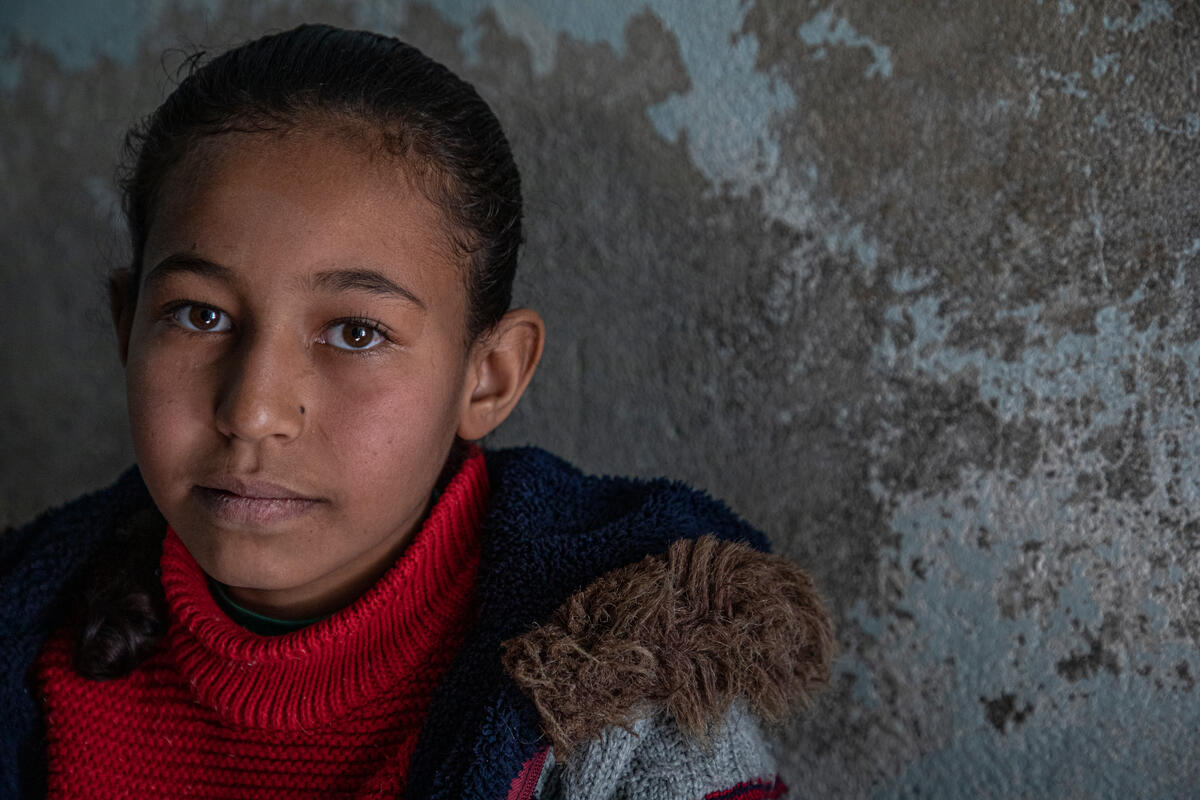
Nour lives with her three sisters, mother and father in the Jazmati neighborhood in Aleppo, an area that has suffered heavy destruction from Syria’s war. After missing two years of school while her family was displaced from their home, Nour is now back in the classroom through the Out-of-School-Children program.
The program was initiated by UNICEF in Aleppo and is supported by WFP. It’s designed specifically for children who missed out on years of school because of conflict and displacement, helping young girls like Nour to catch up with their peers. Nour’s family also receives WFP e-vouchers through the program so they can afford fresh food from the market.
May
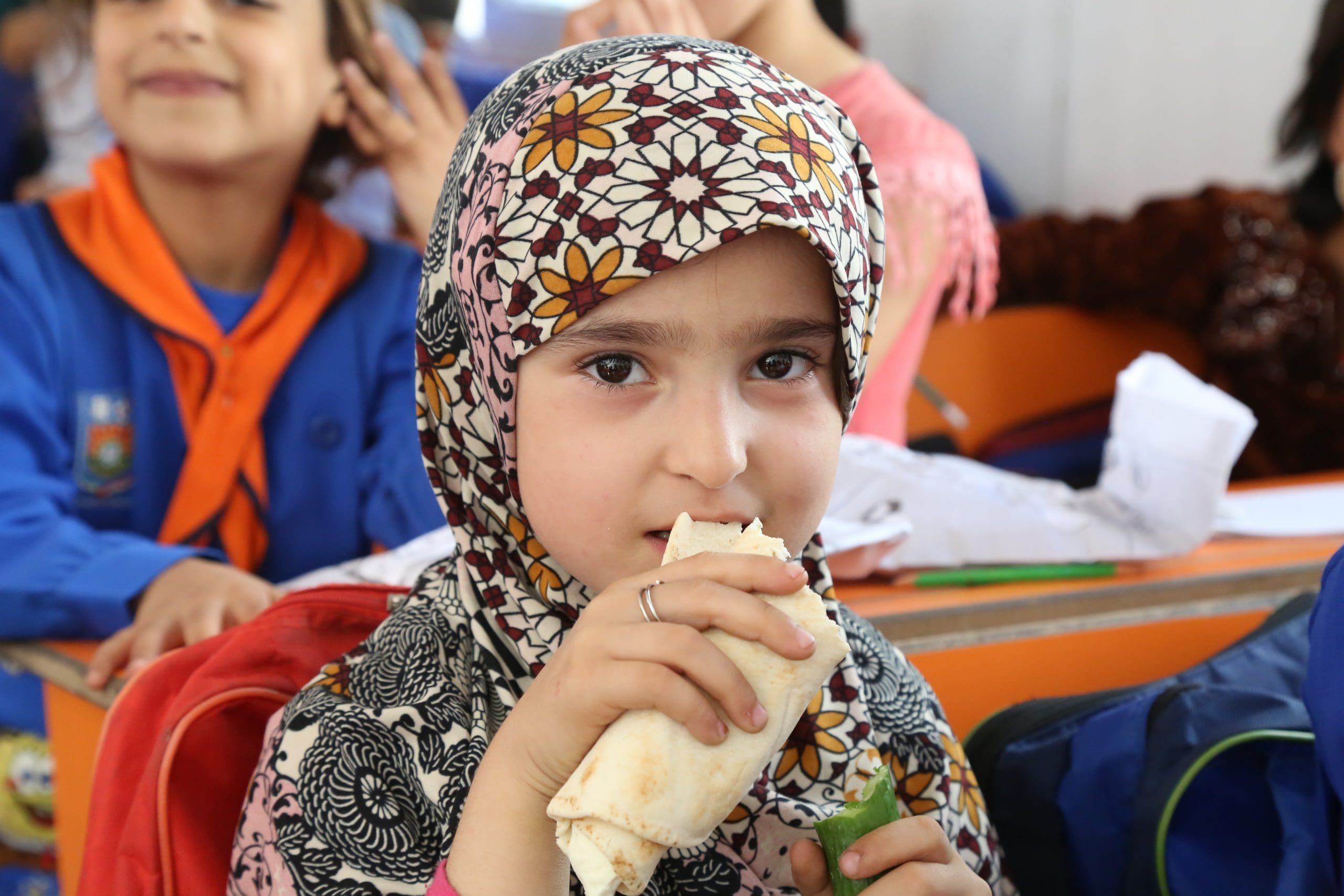
May smiled while taking a big bite of her cheese sandwich, one of the nutritious meals we provide for schoolchildren across Syria.
In recent years, teachers have reported steadier school enrollment that they attribute in part to these daily fresh meals. These meals not only provide the proper nutrition to schoolchildren but also relief to Syrian parents by eliminating the financial burden.
Lina Al Ghadban
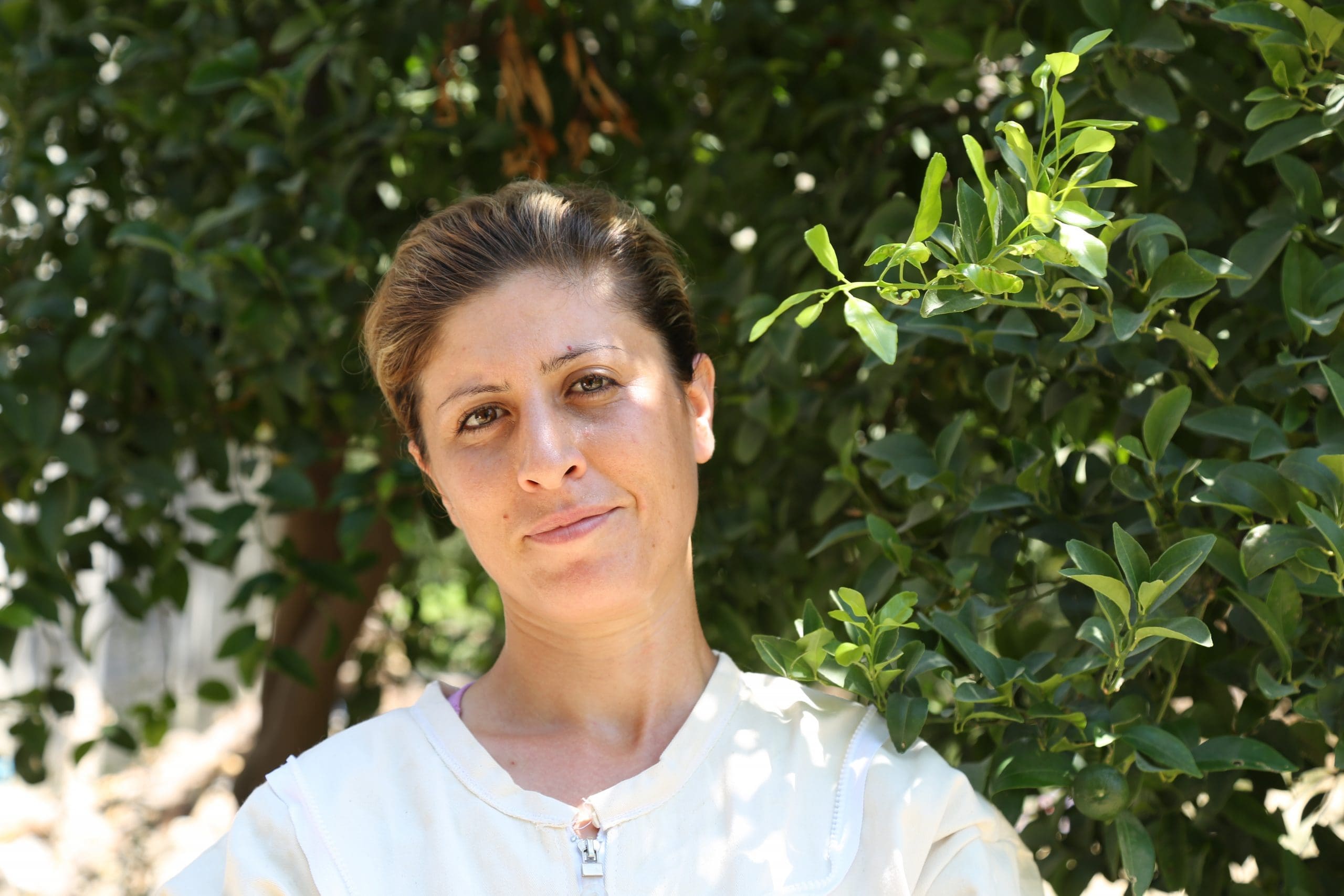
Civil war has all but destroyed the tradition of beekeeping that is at the heart of so many rural Syrian communities. In 2014, Lina’s family was forced to flee their home for six months due to nearby fighting. Upon her return, she found that nine of their beehives were dead. Lina joined our beekeeping project and was able to use the honey feed her children Khider, Ibrahim and Adam as well as sell the surplus to earn an income.
Selina
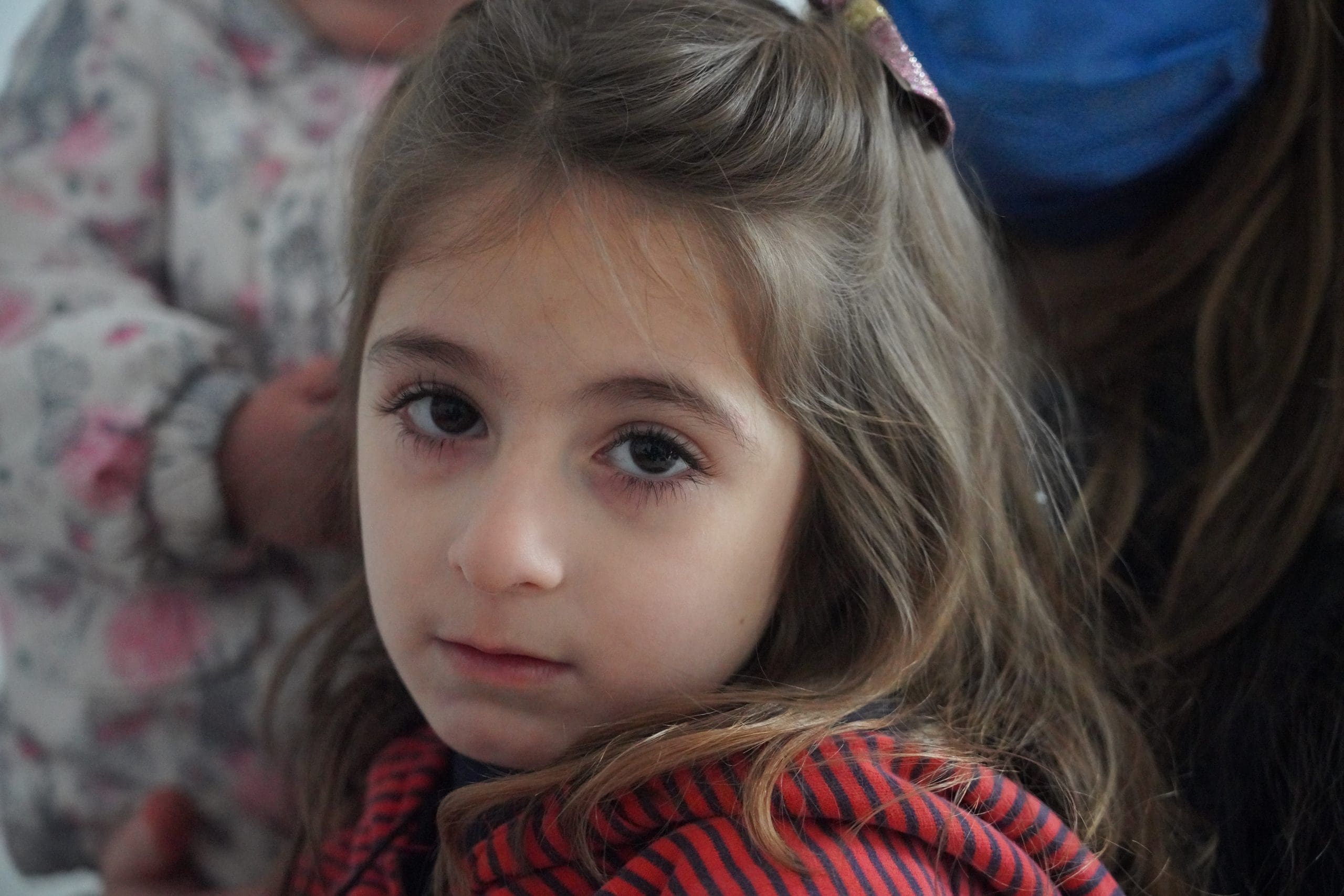
With the conflict still raging in Syria and food prices skyrocketing, it’s no mystery why many families are unable to afford their basic needs. And children like five-year-old Selina are paying the price.
Selina began receiving treatment from us for severe malnutrition when she was one year old and recovered just last year. As of April 2021, her little sister Minissa was still relying on these treatments to survive.
Tara
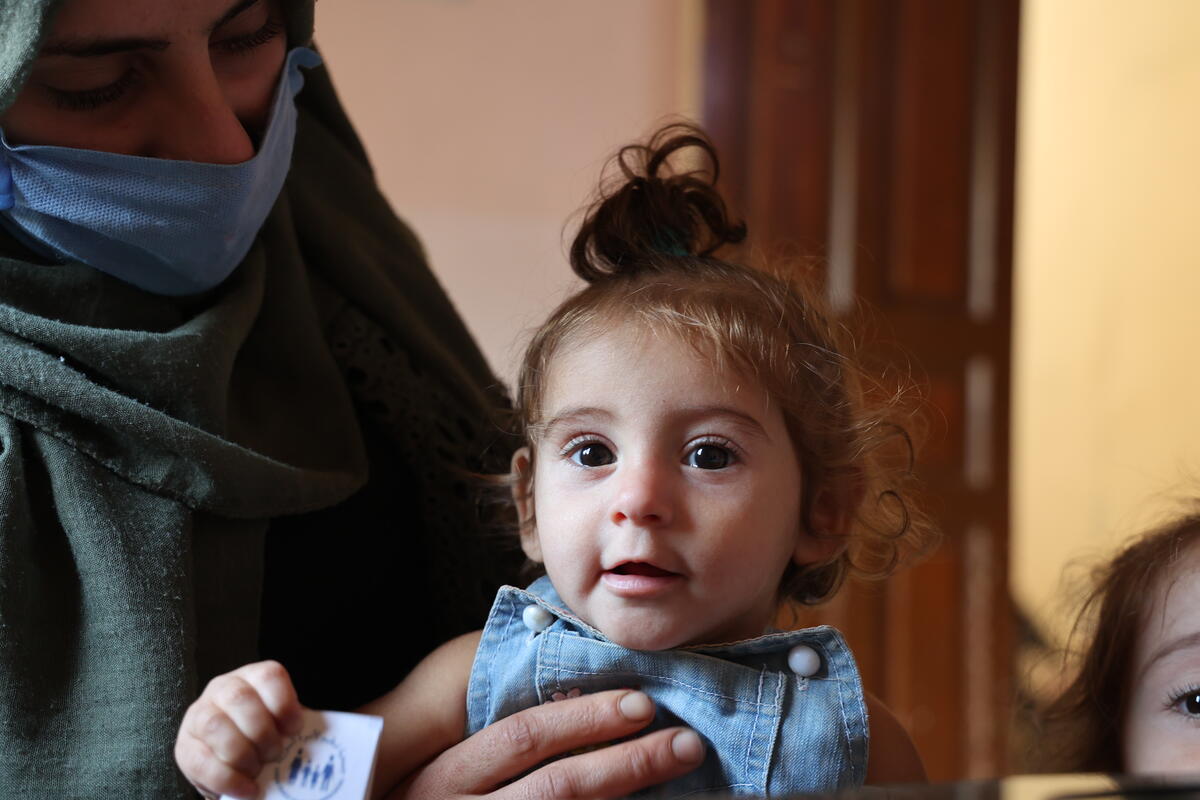
The dire situation in Syria has left millions of mothers like Aya without the proper nutrition to have healthy pregnancies. For Aya, this meant her daughter Tara was born underweight.
By the time she was nearly seven months old, Tara began showing signs of severe malnutrition and Aya’s in-laws encouraged her to visit a WFP-supported nutrition clinic. After months of treatment and supplementary foods, Tara fully recovered from malnutrition. Now, she has the chance for a healthy childhood. “If it wasn’t for this program, I would have lost my daughter.” Aya said.
Manar Barsha
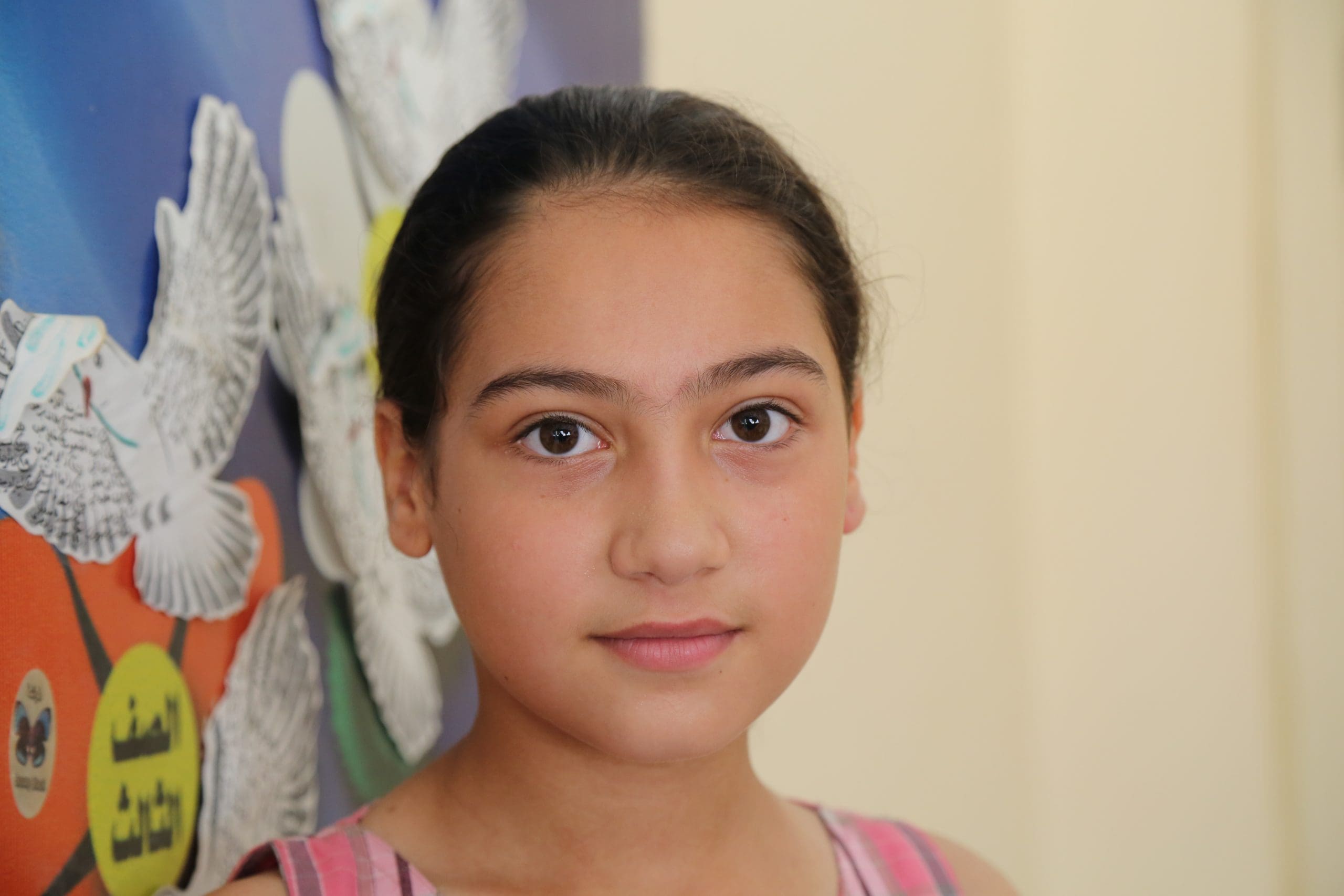
Manar Barsha was just three years old when ISIS occupied her family’s village in northern Aleppo, forcing them to flee for the port city of Lattakia. A hard-worker and dedicated to her studies, Manar’s dream of becoming a teacher inched closer to reality once she could attend school safely. She began participating in one of our after-school programs, and her family received a $23-dollar voucher to help pay for almost half of their monthly food needs.
Randa Higazi
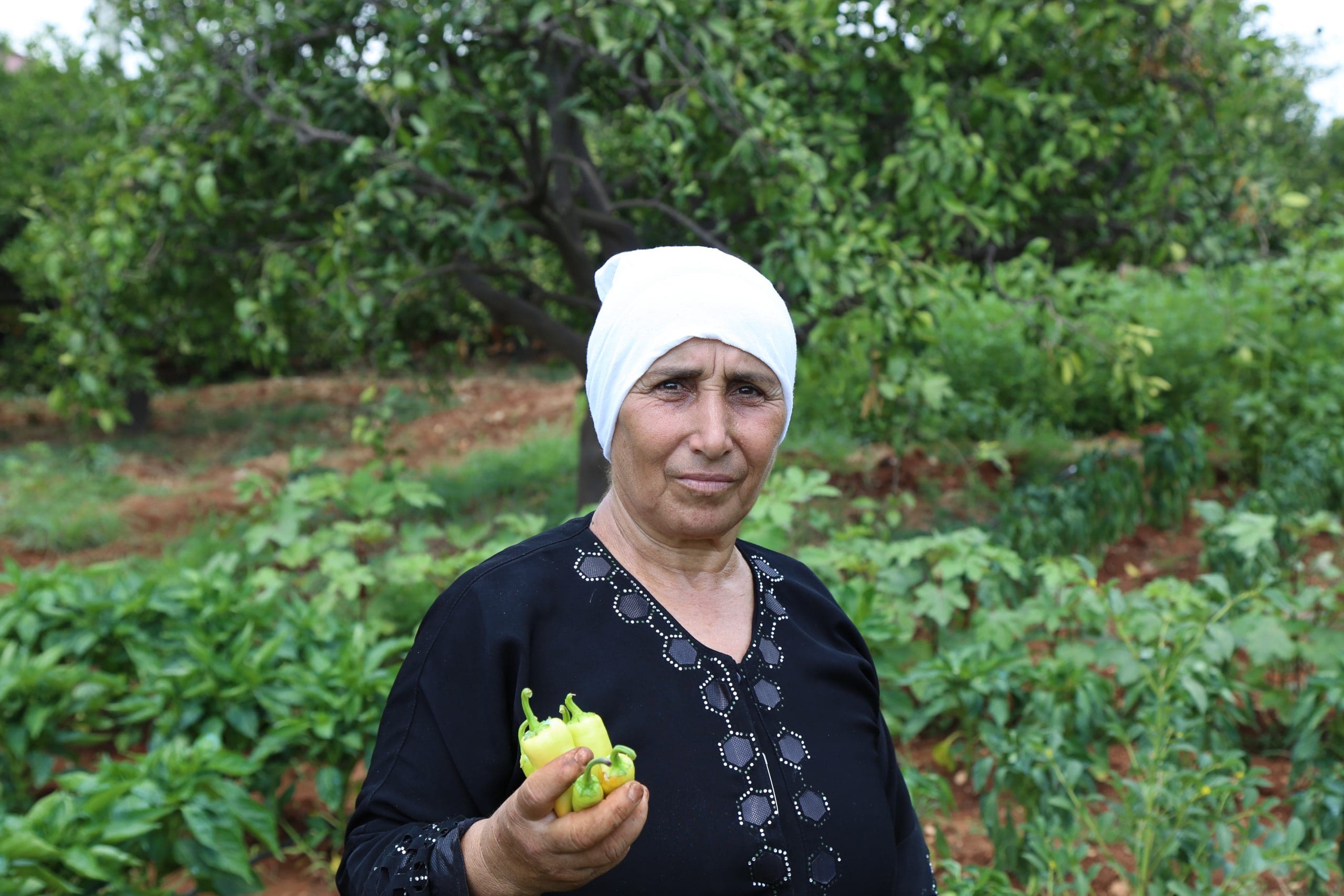
Randa Higazi, a participant in one of our kitchen gardens programs, held up a few peppers she has grown.
In 2017, we started a new project to empower women and strengthen their food security through these small “kitchen gardens.” Such resilience programming equips women with tools for self-sufficiency, primarily by growing their own fruits and vegetables and selling them to make an income.
The U.N. World Food Programme is working around the clock to support vulnerable women and girls in their fight against hunger. With support from readers like you, we can continue to keep girls like Nour in school, provide critical food assistance to malnourished children like Tara and support mothers like Rama in caring for their families.
Learn more about our programs with women and girls here.




